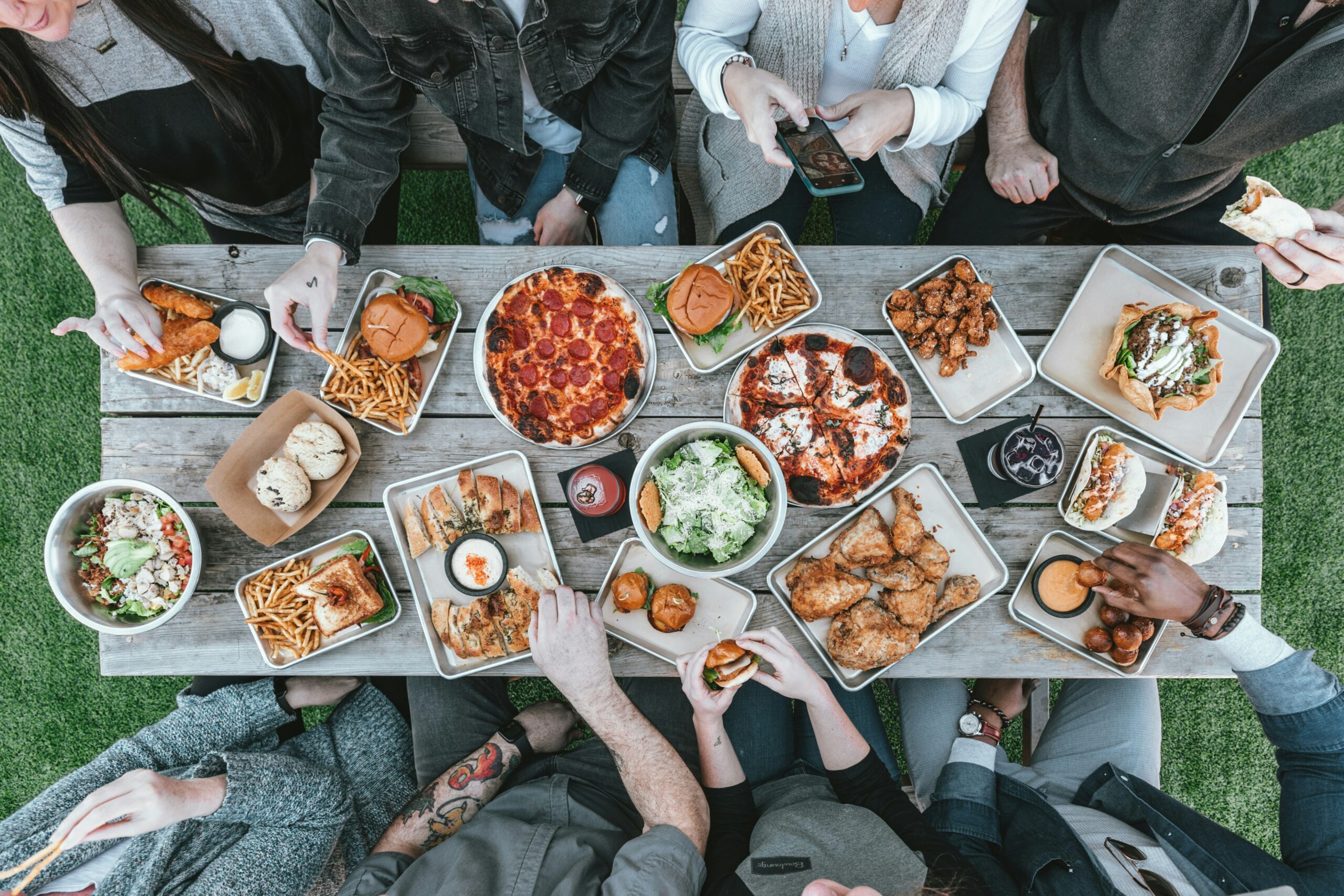In this week’s Our Take: Casual dining prices out the crowd, Berlin brews a backlash over coffee culture, friendships turn into calendar invites and fandom gets fake but funny.
NO APPETITE FOR THE MIDDLE

Once upon a midweek, Wagamama, Milano and Nando’s were the definition of accessible dining, quick, social, reliable, and easy on the wallet. The perfect halfway point between a microwave meal and a night out. But the maths isn’t working anymore.
Prices are up, portions are down, and the promise of “affordable indulgence” is fading fast. What was once the democratic dining tier, built for everyone, is quietly edging out the very people it was made for.
According to YouGov, nearly 40% of diners are eating out less than they did a year ago, with cost being the main reason. Menu inflation in casual dining has outpaced groceries, and the mid-market restaurant sector is now almost 25% smaller than it was before the pandemic. The middle ground is eroding, squeezed between drive-thru value and high-end experience.
And that’s the real problem. “Casual” dining has lost its clarity. It’s too expensive to feel effortless, yet not premium enough to feel special. You leave not with that satisfied glow of a night off cooking, but with a faint sense of buyer’s remorse.
Culturally, we’re seeing a shift from “treat” to “justify.” Every spend now needs to earn its place, emotionally, socially, or experientially.
When “casual” starts costing like “fine dining,” it’s no longer about what’s on the plate. It’s about who still feels invited to the table.
Grounds for Protest

Berlin’s coffee scene just boiled over. LAP Coffee, a New York-backed chain promising “cheap but high-quality” cappuccinos, woke up to find its shopfronts drenched in red paint. But the backlash wasn’t really about coffee – it was about culture.
In a city that built its identity on squats, techno and DIY spirit, a venture-funded caffeine disruptor feels like a bad blend. Berliners aren’t mad about a €2.50 flat white; they’re mad about what it represents – the creeping sameness of global “disruption” erasing local character.
And it’s not just Berlin. Culture is fighting back everywhere. In London, independent bookshops are booming again thanks to networks like Bookshop.org (where every purchase on the site financially supports independent bookstores), pushing back against Amazon. In Paris, cafés that refused to “Instagram-ify” their interiors are thriving on anti-aesthetic authenticity. Even Dublin’s small roasteries are carving out loyal followings by celebrating slow craft over fast scale. If your brand’s idea of “local flavour” comes from a spreadsheet, don’t be surprised when the locals spit it out.
The Catch-Up Trap

We’re increasingly seeing friendships shift into something surprisingly structured. What’s being called “catch-up culture” refers to the habit of maintaining friendships primarily through scheduled check-ins, swanky dinners and overpriced coffee dates, where the main purpose is to recap our lives rather than actually live them together.
There are a few drivers here: fragmented cities, demanding work schedules, remote lifestyles and the prioritisation of romantic partnerships. Social media adds another layer, creating the illusion of closeness. By the time we finally see each other, we’re operating from a highlight reel rather than shared reality.
As Michelle Elman notes, friendships become “stuck in time,” only ever picked up from the last catch-up point. The result is a shift from active friendship (the everyday side-by-side kind) to maintenance friendship, relationships kept alive through periodic updates rather than lived connection. It feels adult, organised and efficient, but it risks minimising intimacy.
Studies suggest that small, casual time together like running errands, walking, workouts, or simply doing nothing all contribute far more to closeness than any three-hour dinner would. This doesn’t mean the catch-up is obsolete. But it shows how our friendships are being shaped by the same forces shaping everything else: scheduling, productivity, and the pressure to have something “worth sharing.”
The opportunity is re-framing closeness not as something planned weeks ahead, but something allowed to co-exist in-between. We may be keeping the connection alive, but we’re not always feeding it.
Astroturfing: The New “Fan” Frontier?

There was a time when fan accounts were pure, chaotic edits, grainy concert clips, and way too many heart emojis. But lately, your FYP might be telling a different story. Welcome to the age of manufactured fandom, where the line between organic hype and paid placement is vanishing faster than your attention span.
This new wave of “fan-fluencing” is basically astroturfing 2.0, record labels posing as passionate supporters to seed buzz. Take Sombr’s “fan” account @dailysombr, which runs sponsored content that’s clearly part of his team’s strategy, and it’s working, with videos hitting over 70 million views. Or the cheeky “Tamest Impala” account promoting Tame Impala’s album through ironic, wink-to-the-audience humour that feels almost self-aware enough to get away with it.
Here’s the twist: it’s not failing because it’s fake, it’s succeeding because it’s fake and funny. Fans get the joke. The internet’s hyper-literacy has changed the rules: authenticity now means acknowledging the artifice.
For marketers, this is a cultural pivot point. Transparency doesn’t always mean “tell all”; sometimes it’s about playing along. These pseudo-fan accounts prove that virality today isn’t about tricking audiences into believing, it’s about inviting them to be in on the ruse.
It’s not grassroots, but it’s clever, self-referential, and built perfectly for the scroll. Because in 2025, irony is authenticity, and fandom has officially gone meta.